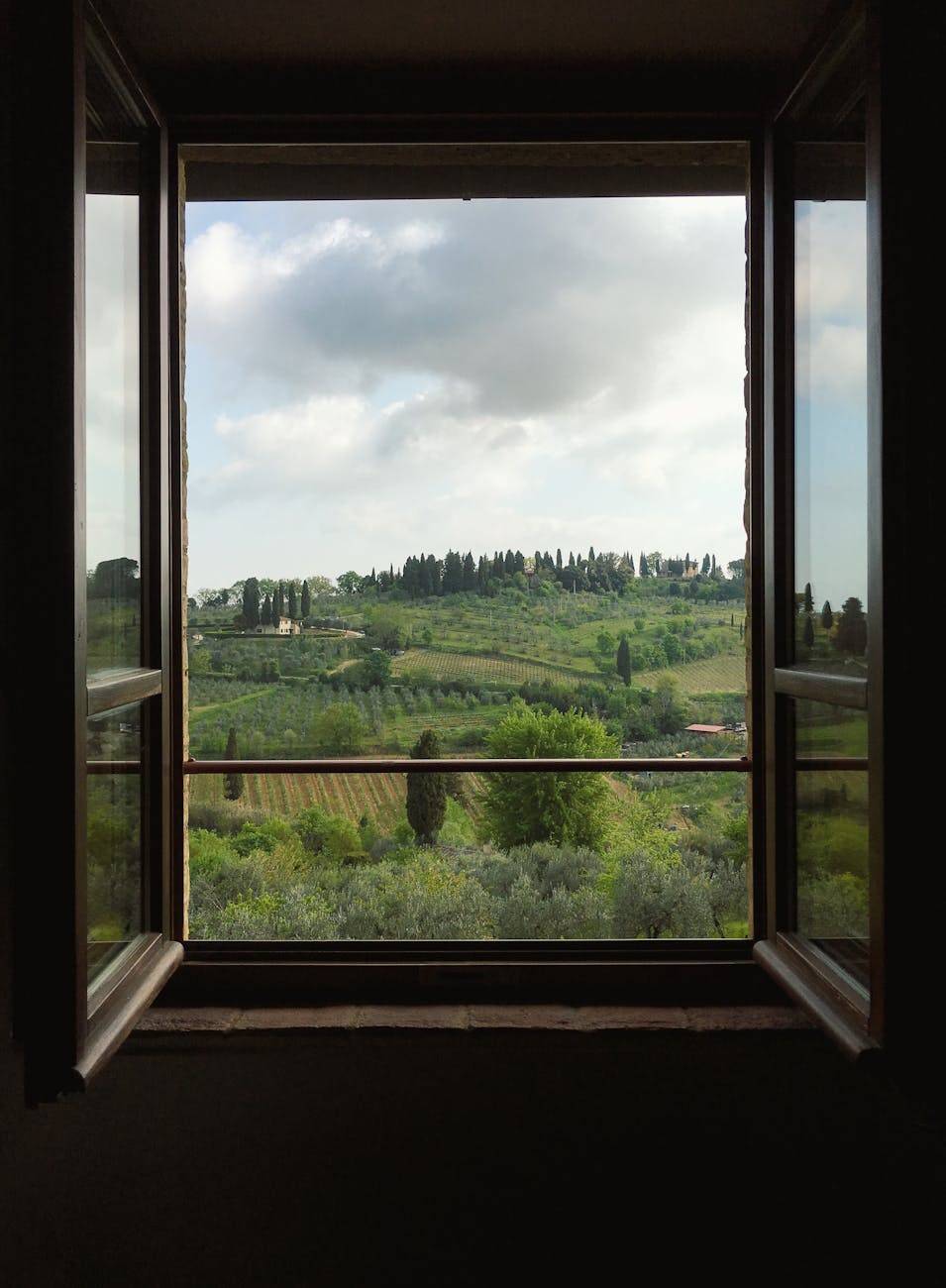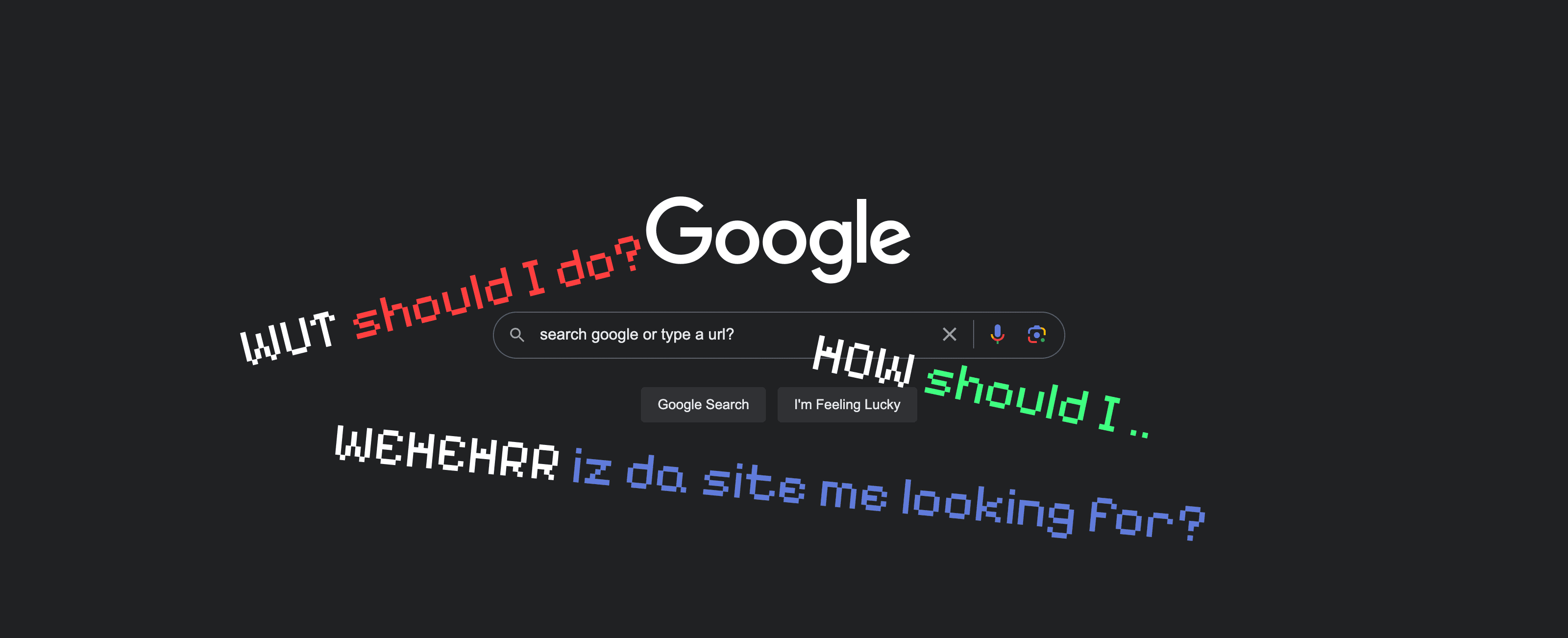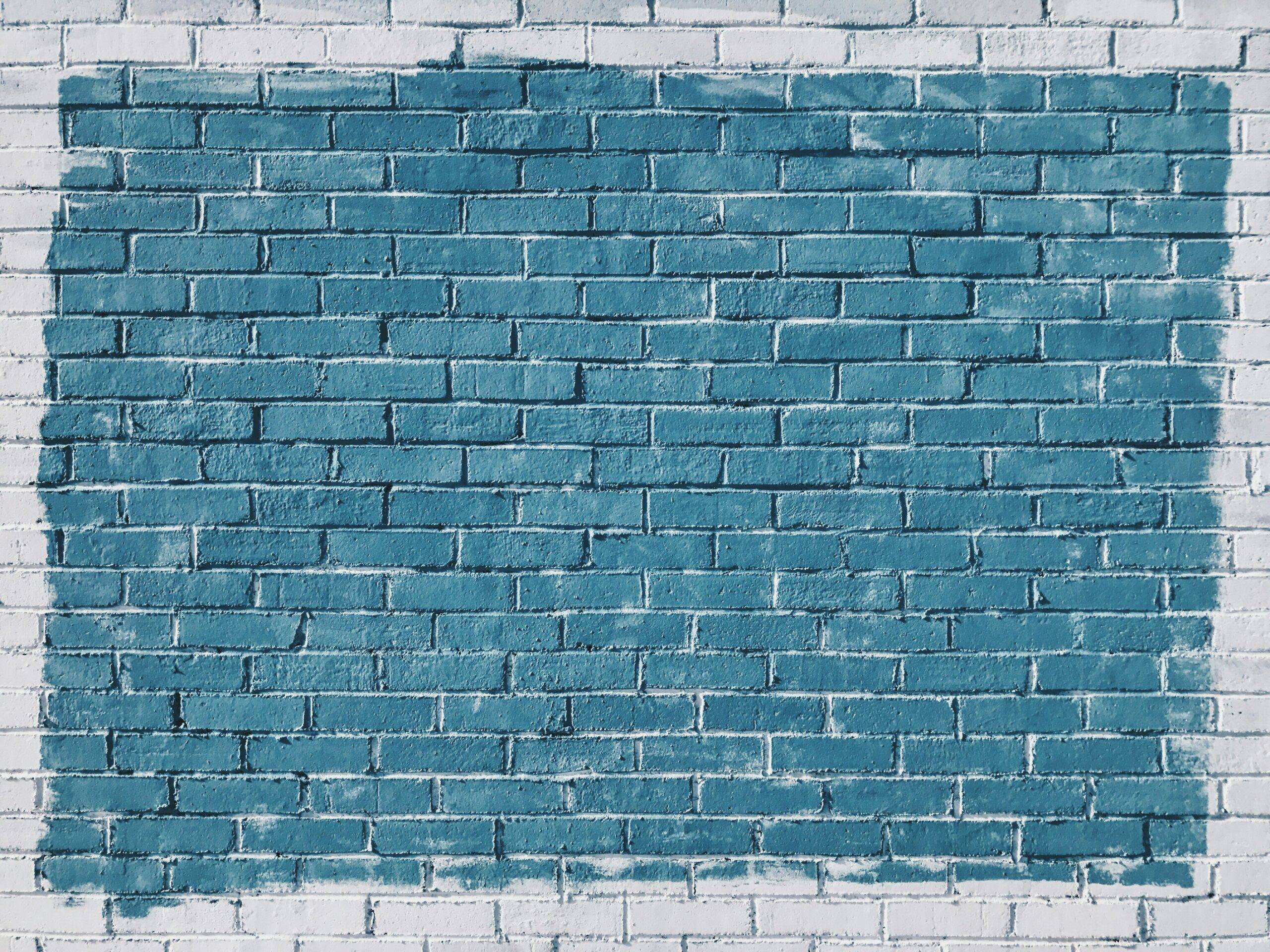Understanding Welders Glass
Definition and Purpose
Welders glass, also known as a welding filter, is a critical safety component designed for eye protection in welding applications. Its primary function is to shield a welder’s eyes from the intense light, ultraviolet (UV), and infrared (IR) radiation produced during welding operations. By filtering out harmful rays, it prevents damage to the eyes which can occur from exposure to the bright arc light and radiation (OSHA Factsheet).
Materials and Composition
The primary material used in the construction of welders glass is borosilicate, a type of glass celebrated for its resistance to thermal shock and its ability to withstand extremely high temperatures without losing integrity. This durability is crucial in welding environments where temperatures can soar and the risk of glass shattering can pose serious safety risks (Safety Glasses USA).
Welders glass is treated with special coatings that afford it the capability to block UV and IR rays effectively. These coatings are integral to the glass’s protective properties, ensuring that only a fraction of the harmful light reaches the eyes. The glass itself comes in a variety of shades, each suited to a particular level of exposure to light and radiation. The shades range from Shade 1.5, which allows more light to pass through, to Shade 14, which is the darkest and offers the highest level of protection (Phillips Safety).
| Shade Number | Light Transmission |
|---|---|
| 1.5 | Highest |
| … | … |
| 14 | Lowest |
For outdoor enthusiasts interested in astronomy, welders glass—particularly Shade 14—is a valuable tool for safely observing solar phenomena like eclipses (solar eclipse welders glasses). It’s imperative to select the correct shade to ensure safety during such events. For more detailed guidance on which shade to use for various applications, refer to our articles on selecting the right shade and welding glasses for solar eclipse.
Safety Standards for Protection
When engaging in activities that expose your eyes to high-intensity light, such as welding or observing a solar eclipse, it’s imperative to use the appropriate eye protection. Welders glass offers robust defense against harmful rays, but it must adhere to specific safety standards.
Shade Ratings Explained
Welders glass comes with various shade ratings, which indicate the darkness of the lens. This rating is crucial in determining the level of protection provided against brightness and harmful radiation. The shade number is directly proportional to the darkness of the lens; higher numbers signify greater protection. Shade ratings typically range from 3 to 14, with the higher end of the spectrum used for more intense welding applications that involve brighter light and more radiation.
| Welding Process | Recommended Shade Number |
|---|---|
| Light Duty (e.g., torch soldering) | 3 – 6 |
| Medium Duty (e.g., metal arc welding) | 7 – 11 |
| Heavy Duty (e.g., carbon arc welding) | 12 – 14 |
For specific welding processes, the recommended shades are as follows (Phillips Safety):
- Shielded metal arc welding (SMAW): Shade 10 to 14
- Gas tungsten arc welding (GTAW): Shade 8 to 13
When selecting welders glasses for observing a solar eclipse, a shade rating of 14 is generally recommended to ensure maximum eye protection (#14 welding glass). It is important to ensure the shade rating matches the intensity of the light to prevent potential eye damage.
ANSI Z87.1 Compliance
To ensure the highest level of safety, welders glass should comply with the ANSI Z87.1 standard. This is a consensus standard that sets forth criteria related to the design, construction, testing, and use of eye protection devices, including welders glass. Compliance with ANSI Z87.1 means that the welders glass has been rigorously tested to withstand impact, radiation, and exposure to harmful chemicals without compromising the wearer’s vision or safety.
The ANSI Z87.1 standard ensures that individuals who rely on welders glass for protection, whether for professional welding or for hobbies such as viewing solar eclipses, can trust the equipment to provide the necessary defense against eye injuries. Always look for the ANSI Z87.1 marking on the welders glass to confirm its compliance with these critical safety standards. This marking is typically found on the frame or lens of the safety glasses or goggles.
By understanding shade ratings and ensuring ANSI Z87.1 compliance, outdoor enthusiasts and professionals alike can confidently use welders glass to protect their eyes from intense light sources. Whether you’re a welder or someone who enjoys viewing solar eclipses, the right protection is key to maintaining long-term eye health.
Selecting the Right Shade
Choosing the correct shade of welders glass is critical for both safety and comfort during welding tasks. It is also important for those looking to use welders glass for viewing solar eclipses, as the right shade ensures adequate protection for the eyes against harmful rays.
Matching Shade to Welding Process
Different welding processes emit varying levels of ultraviolet (UV) and infrared (IR) radiation and thus require different shade numbers of welders glass for adequate protection. According to Phillips Safety, shielded metal arc welding, for instance, typically requires a shade number between 10 and 14, while gas tungsten arc welding may require a shade number between 8 and 13.
The following table outlines recommended shade numbers for common welding processes:
| Welding Process | Recommended Shade Number |
|---|---|
| Shielded Metal Arc Welding | 10 – 14 |
| Gas Tungsten Arc Welding | 8 – 13 |
| Gas Metal Arc Welding | 7 – 13 |
| Flux Cored Arc Welding | 10 – 13 |
Factors Affecting Shade Choice
When selecting the appropriate shade number for welders glass, several factors should be considered:
- Intensity of the Welding Process: Higher intensity welding processes will require a higher shade number to adequately protect the eyes from brighter light and more potent radiation (Safety Glasses USA).
- Shade Number Protection Level: The shade number of welders glass indicates the level of protection it provides. A higher number corresponds to a darker lens and more substantial protection from UV and IR radiation (Phillips Safety).
- Range of Shade Numbers: Typically, the range of shade numbers available for welders glass is from 3 to 14, with shade 3 being lighter and suitable for low-intensity exposure, and shade 14 being the darkest, providing protection for high-intensity exposure (Phillips Safety).
- Personal Comfort and Visibility: While safety should never be compromised, personal comfort and the ability to see the workpiece adequately are also important. Selecting a shade that is too dark may impede visibility, whereas a shade that is too light may not provide sufficient protection.
For urban outdoor enthusiasts interested in viewing solar eclipses, the right shade of welders glass can offer a safe viewing experience. Typically, a shade 14 welders glass is recommended for observing solar eclipses to ensure maximum protection against the intense light of the sun. For more information on the best practices for using welders glass to view solar eclipses, please refer to our extensive guide on welders glass for eclipse viewing.
Practical Uses Beyond Welding
Welders glass has utility that extends well past its conventional use in the welding industry. For urban outdoor enthusiasts who have an interest in astronomical events, welders glass offers a safe and effective means of observing solar eclipses.
Viewing Solar Eclipses Safely
A solar eclipse is a spectacular natural phenomenon that should never be observed without proper eye protection due to the potential risk of severe eye damage. Welders glass is an ideal option for safely viewing solar eclipses as it blocks harmful ultraviolet (UV) and infrared (IR) radiation, providing the necessary protection to prevent damage to the eyes. According to OSHA and Safety Glasses USA, a welders glass with a shade number of 14 is recommended for this purpose. This specific shade effectively filters out the intense light produced during an eclipse, allowing viewers to enjoy the event without risking their vision.
| Shade Number | Recommended Use |
|---|---|
| 14 | Safe viewing of solar eclipses |
For additional information on the appropriate usage of welders glass for eclipse viewing, enthusiasts can refer to our article on welders glass for eclipse.
Alternatives for Outdoor Enthusiasts
While specialized solar eclipse glasses are designed for observing solar events, they can be costly and are not as widely available. Welders glass presents a cost-effective alternative that can be used multiple times for different solar events. It is important to ensure that the welders glass meets the necessary safety standards and carries the appropriate shade number, such as shade 14, for direct observation of the sun during an eclipse.
Outdoor enthusiasts who wish to prepare for a solar eclipse can explore options such as shade 14 glasses, 14 welding goggles, and welders glasses 14 to find the best fit for their needs. These tools not only provide the required eye protection but also enhance the viewing experience by offering clear and sharp visibility of the eclipse.
Welders glass, with its high level of protection against UV and IR radiation, is not only a practical tool for welders but also an invaluable asset for safely enjoying one of nature’s most awe-inspiring events. Whether you’re a professional welder or an avid skywatcher, ensuring the safety of your vision should always be a priority. Hence, selecting the right grade of welders glass, such as welders glass shade 14, is crucial for anyone looking to witness the wonder of a solar eclipse without compromising eye health.
Maintenance and Care
Proper maintenance and care of welders glass are essential to ensure that it continues to provide optimal protection, especially when used for activities like viewing solar eclipses. Regular inspection and timely replacement are crucial components of maintaining the safety and effectiveness of this protective gear.
Regular Inspection
Welders glass should be inspected on a regular basis for any signs of damage. Look for cracks, scratches, or other defects that may impair visibility or reduce the effectiveness of the glass. Even minor imperfections can have significant impacts, allowing harmful radiation to pass through and potentially damage the eyes. According to OSHA Factsheet, CCOHS, and Safety Glasses USA, any damage found should be taken seriously.
It is also important to clean the glass regularly with appropriate cleaning solutions. Dirt and residue can accumulate over time, which can also affect visibility. Ensure that the cleaning process is gentle to avoid creating scratches. Always store the welders glass in a protective case when not in use to prevent accidental damage.
When to Replace
Welders glass is not designed to last indefinitely and should be replaced when it no longer provides the necessary protection. If during your regular inspections you discover any damage, the glass should be replaced immediately. Even if no visible damage is present, the protective coating on the glass can deteriorate over time, which means it should still be replaced periodically as a precautionary measure. CCOHS emphasizes the importance of prompt replacement to maintain eye safety.
The frequency of replacement will depend on how often the welders glass is used and the conditions it is exposed to. For instance, those using welders glass frequently for welding or viewing solar eclipses may need to replace it more often than those who use it less frequently.
| Inspection Checklist | Action Required |
|---|---|
| Cracks or scratches | Replace immediately |
| Cloudiness or discoloration | Replace immediately |
| Rough handling or impact | Inspect thoroughly and replace if damaged |
Regular maintenance is not only a matter of functionality but also of safety. For those who enjoy outdoor activities like observing solar events, using welders glass is a trusted method to protect one’s eyesight. Keep in mind that for specific events like solar eclipses, only welders glass of sufficient shading, such as shade 14, is deemed safe for direct viewing. It is imperative to inspect and replace your protective gear as needed, ensuring that every experience remains both enjoyable and safe.
Additional Safety Considerations
While using welders glass for various applications, including viewing solar eclipses, it is paramount to consider additional safety measures. Proper face and head protection are as important as eye safety, especially when contact lenses are involved.
Face and Head Protection
Welders glass is primarily used to protect the eyes from intense light and radiation. However, the face and head are also susceptible to injuries from hot slag, metal debris, and the intense light produced during welding operations. Urban outdoor enthusiasts should be aware that even when observing solar events, like eclipses, incidental exposure to harmful light and debris is possible.
To safeguard against these risks, one should consider wearing fire-resistant head coverings under a helmet when necessary, as recommended by CCOHS. Helmets equipped with a welders glass viewing port provide both eye protection and face coverage, an essential consideration when participating in activities like welding or eclipse watching. These helmets are categorized under the CSA standard Z94.3-20 “Eye and face protectors,” tailored for specific uses.
Eye Safety with Contact Lenses
Contact lenses do not offer protection from UV radiation or the impact of foreign objects, which are common hazards in welding and related activities. As such, contact lenses should not be worn in conjunction with welders glass for activities that pose a risk of eye injury.
In some jurisdictions, such as Prince Edward Island in Canada, wearing contact lenses while welding is expressly prohibited (CCOHS). This policy serves as a reminder to individuals who wear contact lenses and are interested in observing solar eclipses or engaging in activities that require eye protection. It is crucial to use appropriate safety equipment, like welding hand shields or helmets with shade 14 glasses, to ensure complete protection against potential hazards.
For those who do wear contact lenses and are seeking to view solar eclipses, it is advised to use welders glass shade 14 or welding goggles shade 14 over their lenses for optimal safety. This precaution will help protect the eyes from intense solar radiation and provide a clear, filtered view of the event. Always ensure that the protective gear adheres to the relevant safety standards and is in good condition before use.
Urban outdoor enthusiasts who are keen on observing solar eclipses should always prioritize safety. By considering additional protective measures for the face, head, and eyes, especially when wearing contact lenses, individuals can enjoy these spectacular celestial events without compromising their well-being. For more information on the maintenance and care of welders glass and related safety equipment, refer to the sections on maintenance and care and safety standards for protection.




Leave a Reply